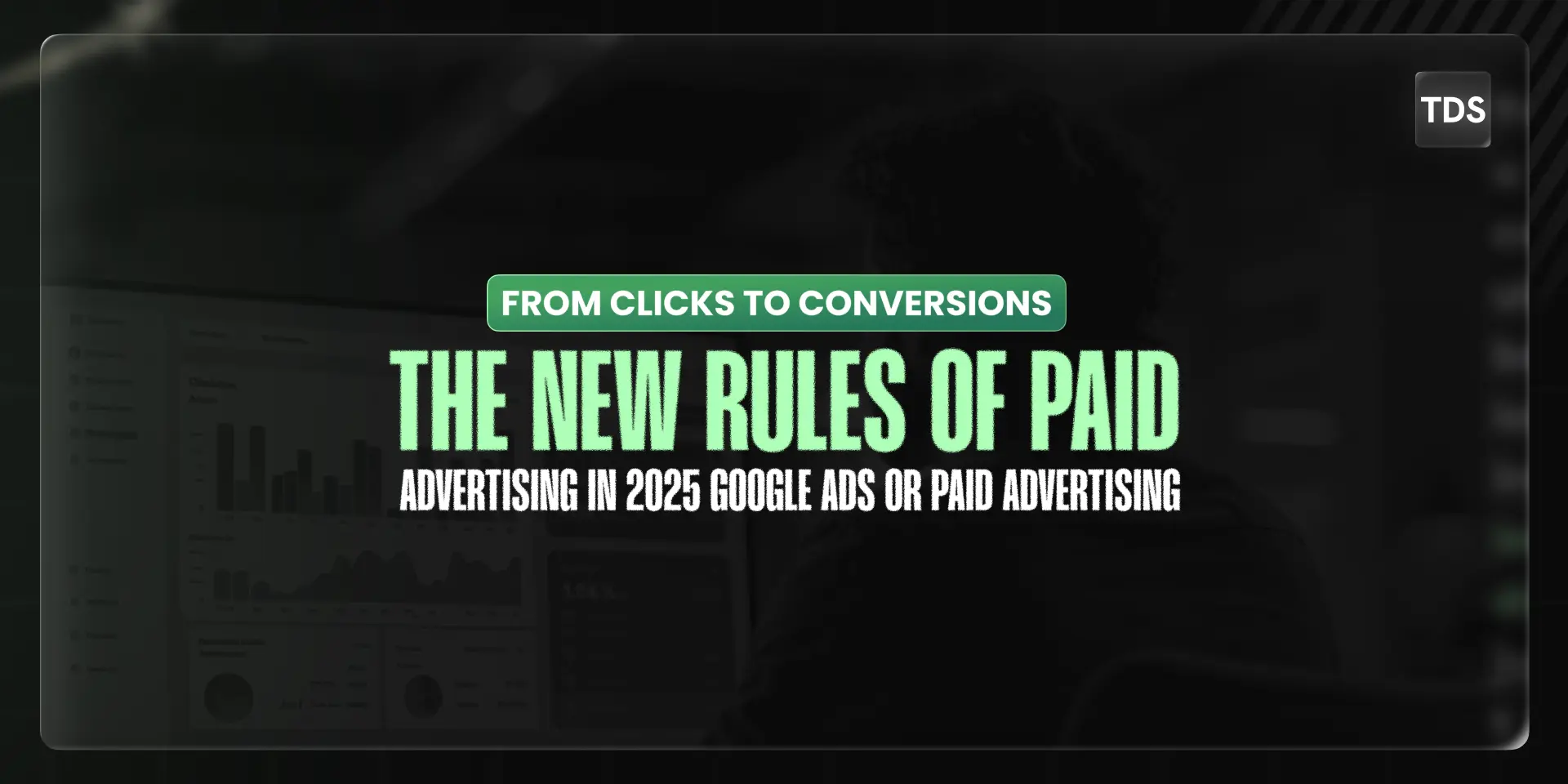The world of digital advertising has altered a lot. It used to be all about the metrics, like click-through rates. Now it’s all about conversions. In the fast-changing digital world of today, brands are moving away from trying to get impressions and instead focusing on campaigns that are based on intent and actually work.
Paid advertising strategies must change as platforms, algorithms, and how people use them change. The rules are different now, and those who can change will stay ahead.
1. Intent Is the New Money
It’s no longer true that more clicks mean more success. In the digital age, intent is more important than volume in advertising. Audiences are pickier now, therefore marketers need to give them personalized, useful content.Smart advertisers now employ AI to divide their audiences into groups depending on their behavior, interests, and where they are in the buying process. Instead of sending the same ad to millions of people, marketers are making personalized ads that work. Clicks show you who’s interested, but conversions show you who’s ready.
2. Data Privacy Is Redefining Targeting
With new data protection laws and the phaseout of third-party cookies, advertisers are rethinking how they collect and use consumer information. The shift toward first-party data and ethical ad tracking is transforming how businesses measure success.
Brands now rely on:
- CRM-driven retargeting campaigns
- Consent-based data collection
- Predictive audience modeling
The focus is moving toward building trust-based relationships rather than intrusive targeting. Customers today reward brands that respect their privacy and punish those that don’t.
3. AI and Automation Are the Main Focus
AI isn’t just a buzzword anymore; it’s the main part of modern sponsored marketing plans. AI-driven advertising lets marketers optimize in real time by automating bid changes and writing dynamic ad copy. Tools like Google Performance Max and Meta Advantage+ use machine learning to figure out how likely it is that someone will convert and automatically move budgets to the audiences that do the best.
What is the new rule? You can focus on the message if you let automation handle the mechanics.
4. Quality of creativity now drives performance
No matter how well you plan your campaign, bad inventiveness will destroy conversions. The time of bland stock commercials is over. Now, successful campaigns emphasize storytelling, making people feel something, and using graphics that focus on people. Video advertisements are still the most popular type of ad. Several studies have shown that short-form video gets more people to click on ads and convert than static information.
Creativity is what makes people stop browsing and start clicking, whether it’s a 6-second YouTube bumper or a quick TikTok video.
5. Consistency across all channels is more important than ever
People today don’t stick to one platform. They see an ad on Instagram, look for more information on Google, and then buy from your website or even a chatbot. That’s why a broken method doesn’t work anymore. Omni-channel paid advertising is the best way to win today. It gives customers a consistent experience at every touchpoint. This makes sure that your tone, message, and graphics are all in sync, no matter where they are, like on Google Search, LinkedIn Ads, or YouTube pre-rolls.



6. Conversion Optimization Is a Continuous Process
The click is no longer the finish line, it’s just the beginning. Once a user lands on your website or product page, the goal shifts to conversion optimization.
This includes:
- Landing page A/B testing
- Faster loading times
- Simplified checkout processes
- Personalized retargeting ads
Marketers who constantly test, analyze, and refine their user journey will dominate their niche. Every small improvement compounds over time to create massive ROI growth.
7. Real Metrics
Clicks, impressions, and reach were once the only ways to measure success in sponsored advertising. But in the modern digital world, conversion rate, cost per acquisition (CPA), and lifetime value (LTV) are the most important things.
Companies who just care about low CPCs may overlook the greater picture. It’s not about paying less for each click; it’s about making more money for each conversion.
8. The Growth of Predictive Analytics
Predictive analytics lets advertisers see how well their campaigns are doing in the future. Marketers may figure out which groups of people are most likely to buy by looking at how users behave and then spend their money accordingly.
This proactive approach cuts down on wasted ad spending and boosts ROI. As machine learning models get better, every professional advertiser will use predictive marketing as a standard tool.
Conclusion
Paid advertising in the future won’t only be about getting in front of people; it’ll also be about getting in front of the right people with the appropriate message at the right moment. How well you can blend innovation, automation, and human understanding into one plan will determine your success now.
Clicks will always be important, but conversions are the best method to monitor growth. The future era of digital marketing will be defined by brands that can handle this change.
FAQS
The largest change is that campaigns are now focused on conversions instead of clicks, thanks to AI-driven automation and first-party data methods.
AI helps advertisers look at huge amounts of data, guess how likely a conversion is, and automate bidding. This makes it possible to optimize PPC ads in real time and in a better way.
As third-party cookies go away, first-party data obtained directly from users makes sure that everything is correct and builds better ties with your audience.
Brands can greatly increase conversions by improving landing pages, implementing retargeting methods, and keeping consistency across all channels.
Don’t simply look at clicks or impressions; look at conversion rate, return on ad spend (ROAS), client lifetime value (LTV), and cost per acquisition (CPA).
